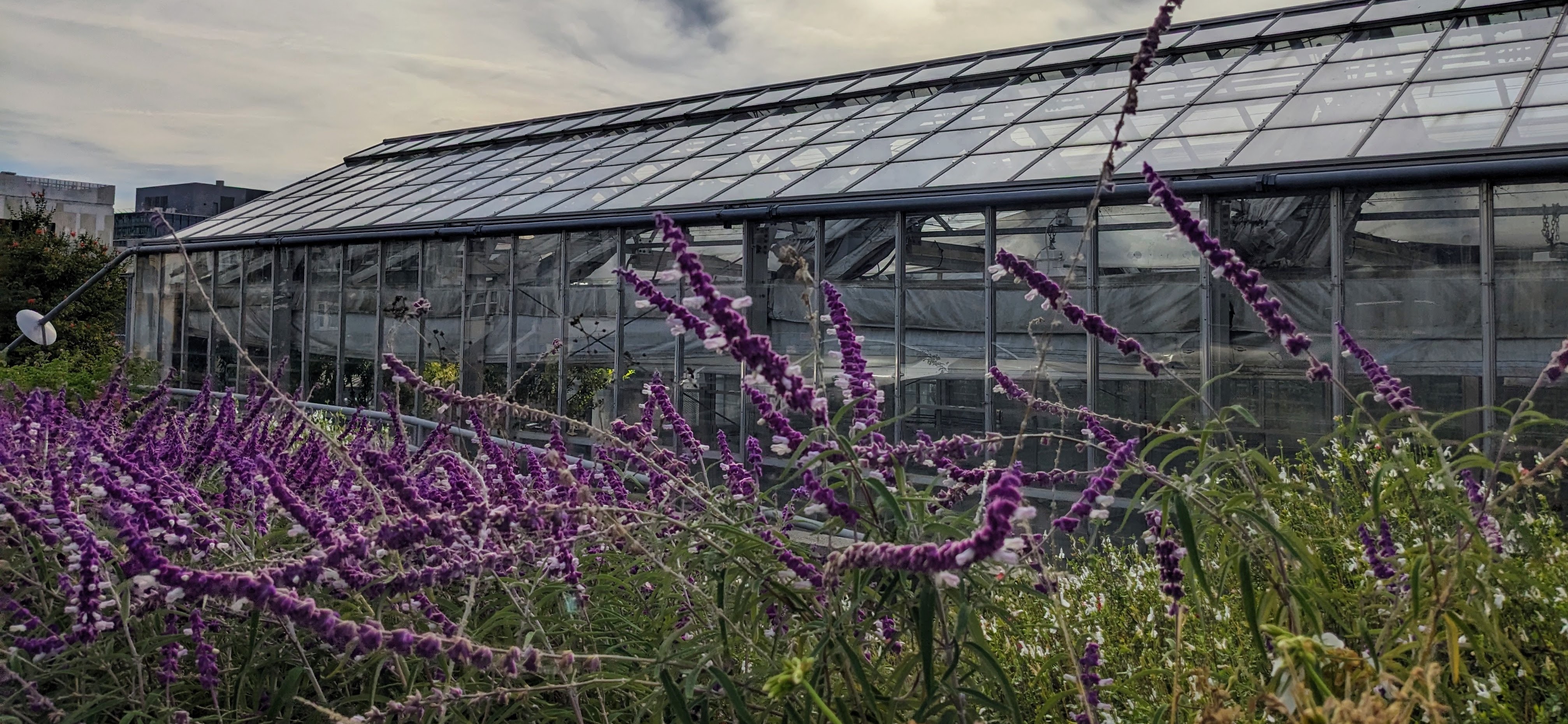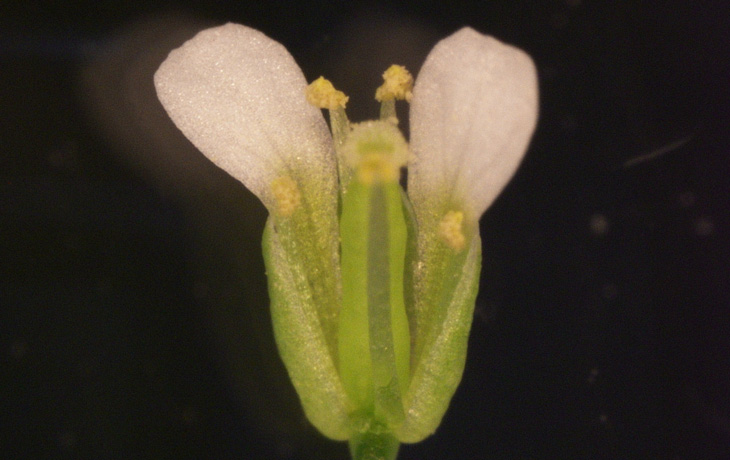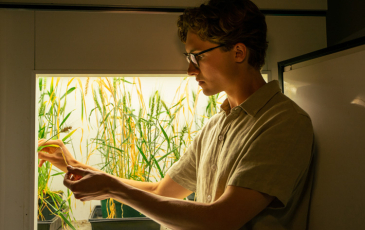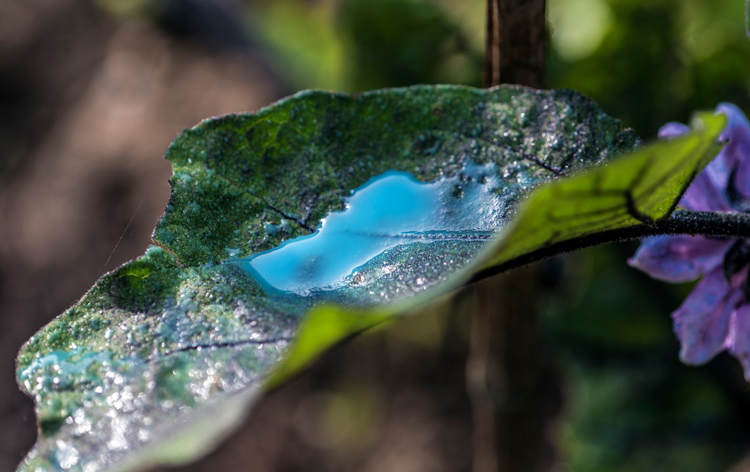Sorghum, a heat-loving cereal grain, isn’t just getting attention from the IGI and Chan Zuckerberg Initiative, but also climate scientists at the Department of Energy and Gates Foundation. So, what’s so special about sorghum?
News and Research from the Oxford Facility
For decades, the Gill Tract has been a living laboratory for student- and faculty-led plant and agricultural research at UC Berkeley. But for far longer than that, the site has provided important habitat for migrating western monarch butterflies.
Researchers in the Department of Plant and Microbial Biology (PMB) have uncovered the intricate molecular processes that precede reproduction in flowering plants.
“The advent of CRISPR basically allowed us to create new molecular tools for potentially skipping the slow aspects of plant tissue culture and plant genetic engineering, which are large barriers to doing experiments in plants.”
The year 2021 was spectacularly tough. Yet, UC Berkeley scholars, students and staff recently offered reasons not to lose hope for the future — on campus, around the globe and all the way in outer space.
Copper released into the environment from fungicides, brake pads, antifouling paints on boats and other sources may be contributing significantly to stratospheric ozone depletion, according to a new study from the University of California, Berkeley.
As greenhouse gasses continue to pour into our atmosphere, researchers have struggled for solutions to harness dangerous pollutants like CO2. However, in a nursery at the University of California, Dr. Jennifer Pett-Ridge, Ph.D., and her colleagues are gathering evidence for a solution that could be right under our feet.
If you have a green thumb, spring in the Bay Area marks the harvesting of lemons and oranges, onions and garlic, and greens like arugula, kale and mustard. But what are those squiggly marks crisscrossing your arugula and lemon tree leaves?








